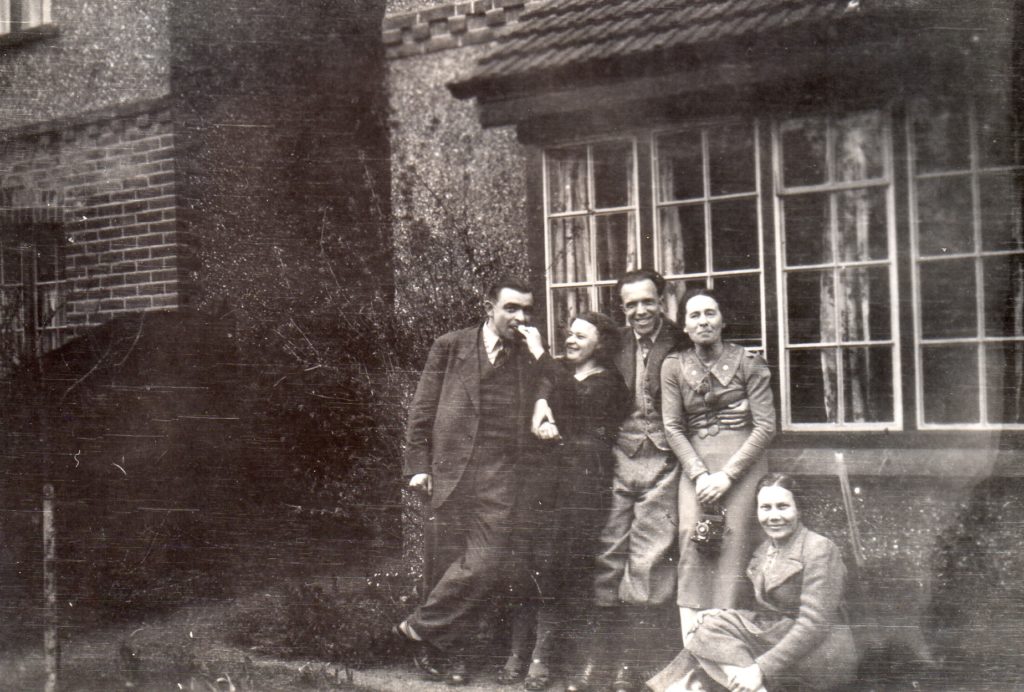
Cat. No. D076-1 © Dorking Museum
“So, two cheers for Democracy: one because it admits variety and two because it permits criticism.” – Two Cheers for Democracy
In his essay collection Two Cheers for Democracy (1951), Forster presented himself as a ‘liberal who has found liberalism crumbling beneath him’, a curious claim for a writer who had weathered the shifting tides of extreme ideologies throughout the 1930s and 1940s.
In response to the suffering experienced by those fleeing the Nazi regime in Germany Forster set up the Dorking and District Refugee Committee with Ralph Vaughan Williams in 1938. Properties across the local area were offered to accommodate refugees, including Burchett House, Fairhaven at Holmbury St Mary, Somerset Hill and Clarendon House.
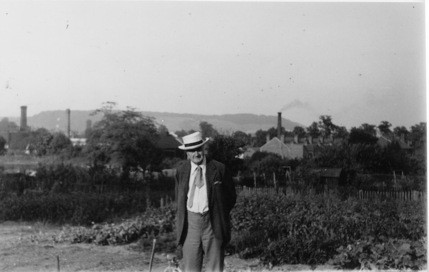
© Dorking Museum
The formation of the Committee was controversial. Throughout the late 1930s and early 1940s, many Jewish refugees, as well as socialists and members of other persecuted groups, had arrived in Britain. They were not always welcome and found it difficult to establish themselves. Forster and Ralph Vaughan Williams sought to help them find homes, schools and employment in the Dorking area.

Sudeten Czech Refugees Cat. No. D076-5 © Dorking Museum 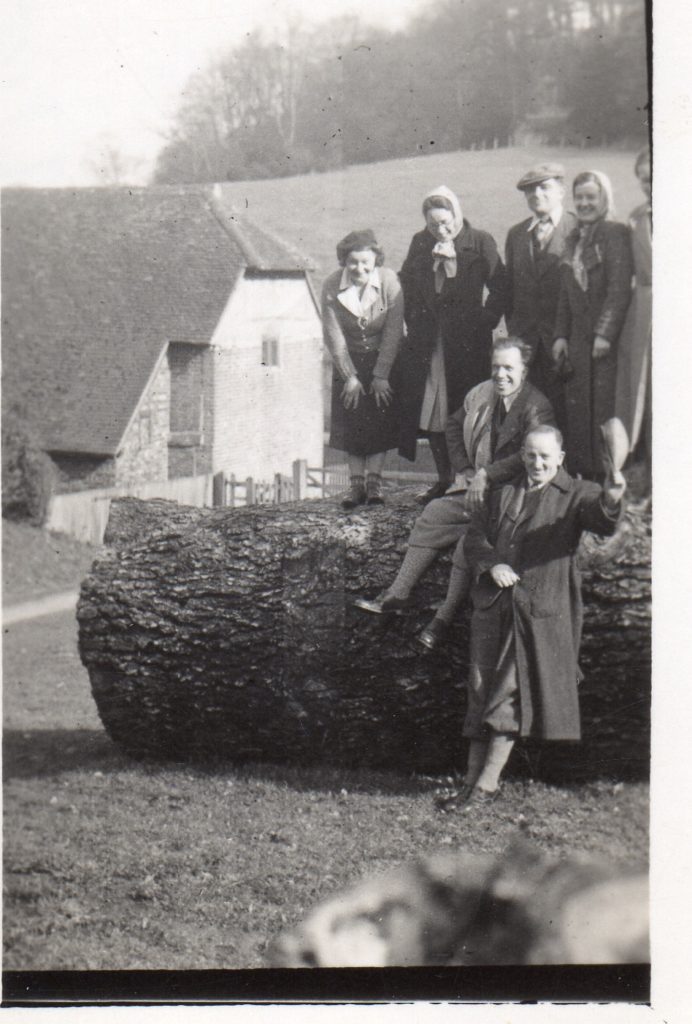
Sudeten Czech Refugees. Cat No. D076-4 © Dorking Museum 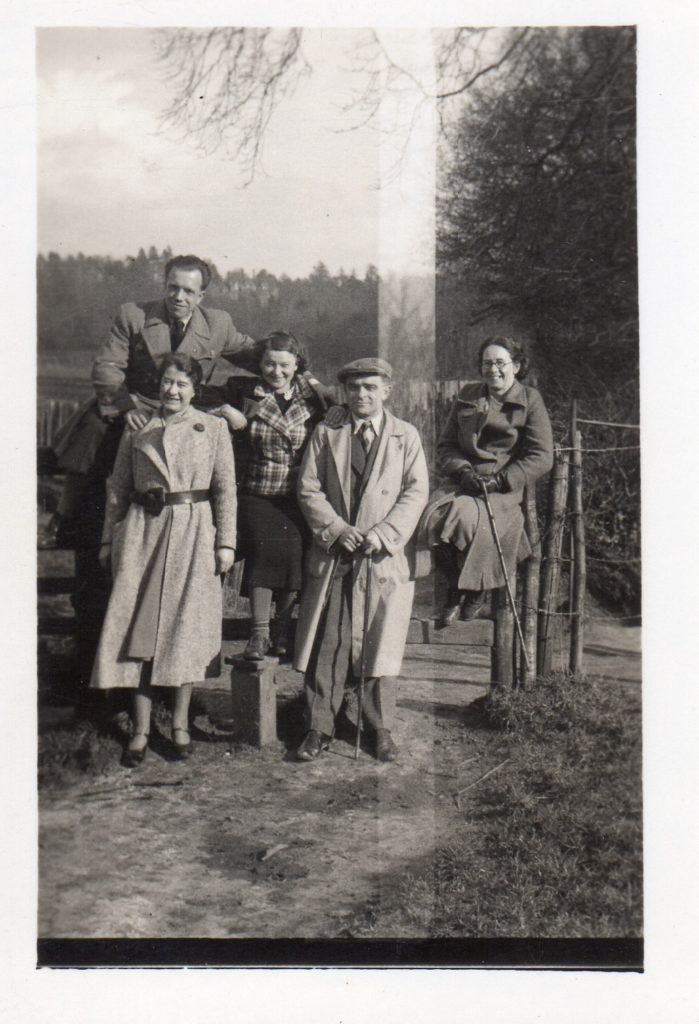
Sudeten Czech Refugees Cat. No. D076-3 © Dorking Museum 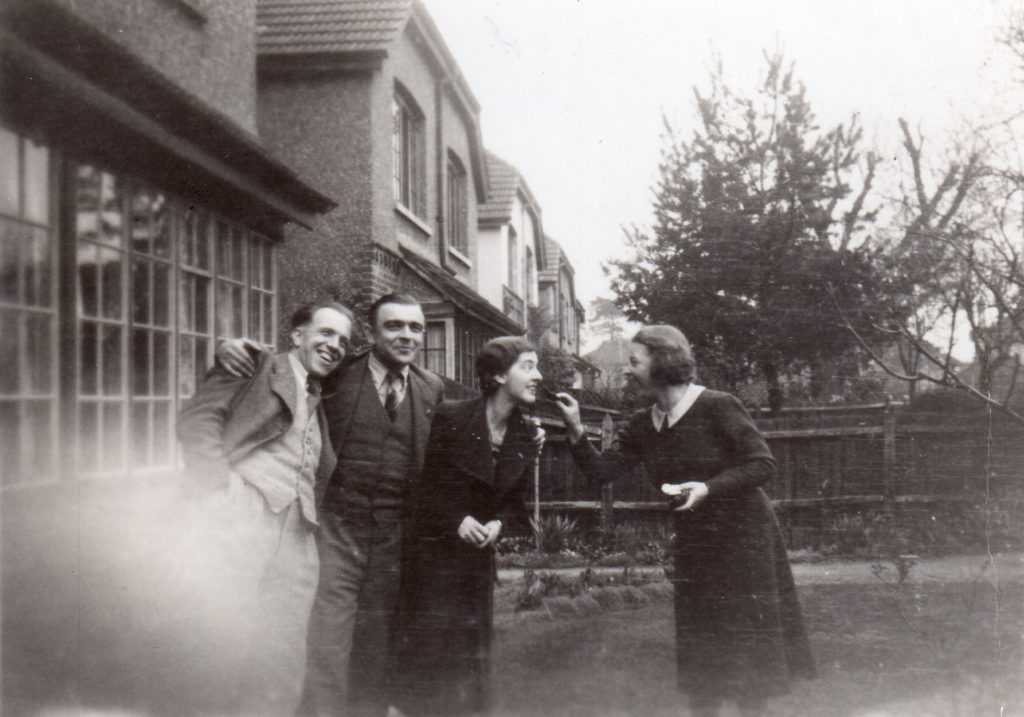
Sudeten Czech Refugees Cat. No. D076-2 © Dorking Museum
After war was declared in September 1939, German nationals faced internment as enemy aliens. The Committee supported their applications to the Home Office so that they might remain at liberty, and petitioned for the release of interned Jewish musicians, thinkers and scholars. Forster’s publisher friend, Victor Gollancz, took up the cause of some of those interned.
Having named an earlier collection of essays Abinger Harvest, when Forster came to publish a second collection of essays which had been written during the Second World War, he chose the title The Last of Abinger. This became the collection known as Two Cheers for Democracy.
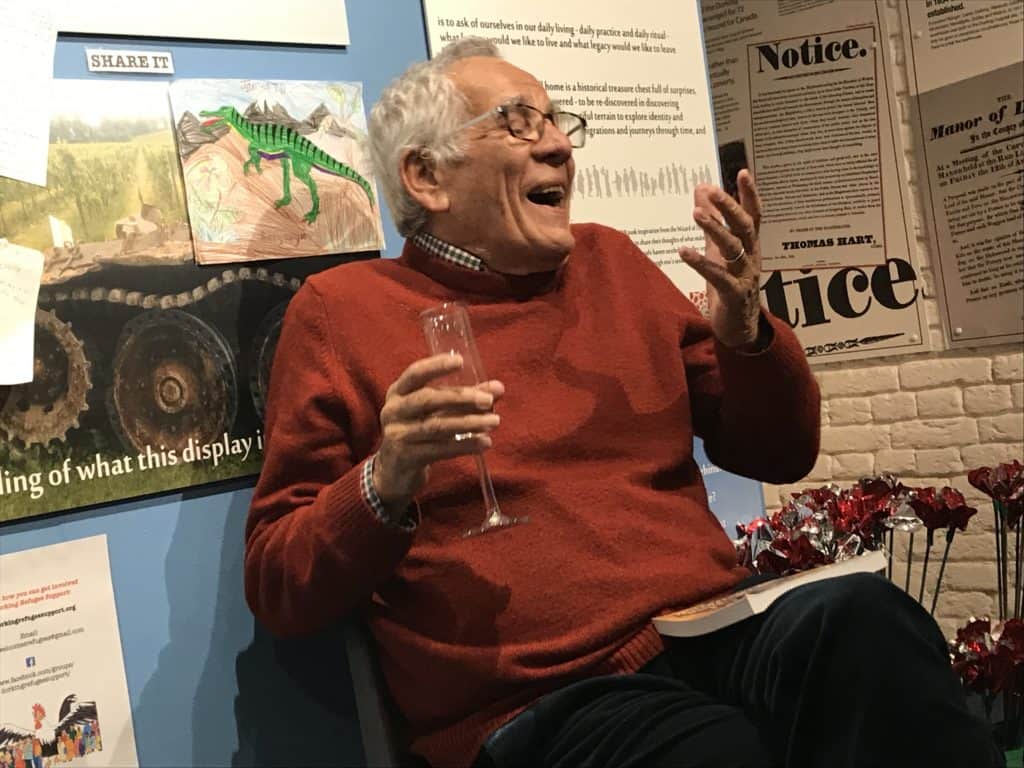
Sir Erich Reich speaking at Dorking Museum in 2019. Erich arrived in Britain from Czechoslovakia alone, on a ‘kindertransport’ in 1939. He was four years old. Vaughan Williams brought him to Dorking, where he was housed with a refugee couple from the Sudetenland. Sir Erich published his autobiography The Boy in the Statue and regularly speaks of his experiences in Dorking as a refugee child. Read his story here.
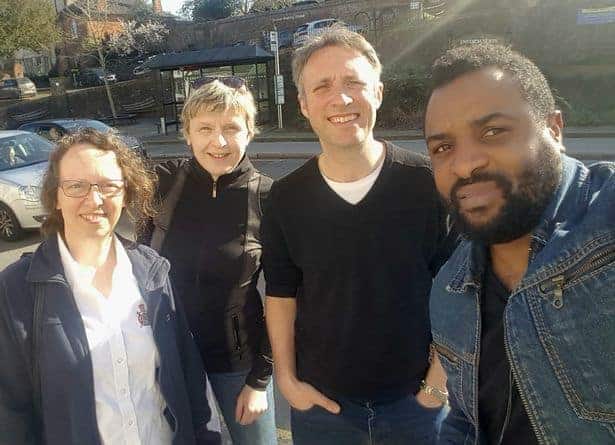
Today the Dorking Refugee Support group takes its inspiration from Forster and Vaughan Williams’ Committee and its members continue to support those displaced by war and oppression.
Last : Forster and the Environment
Next : Room with a View

